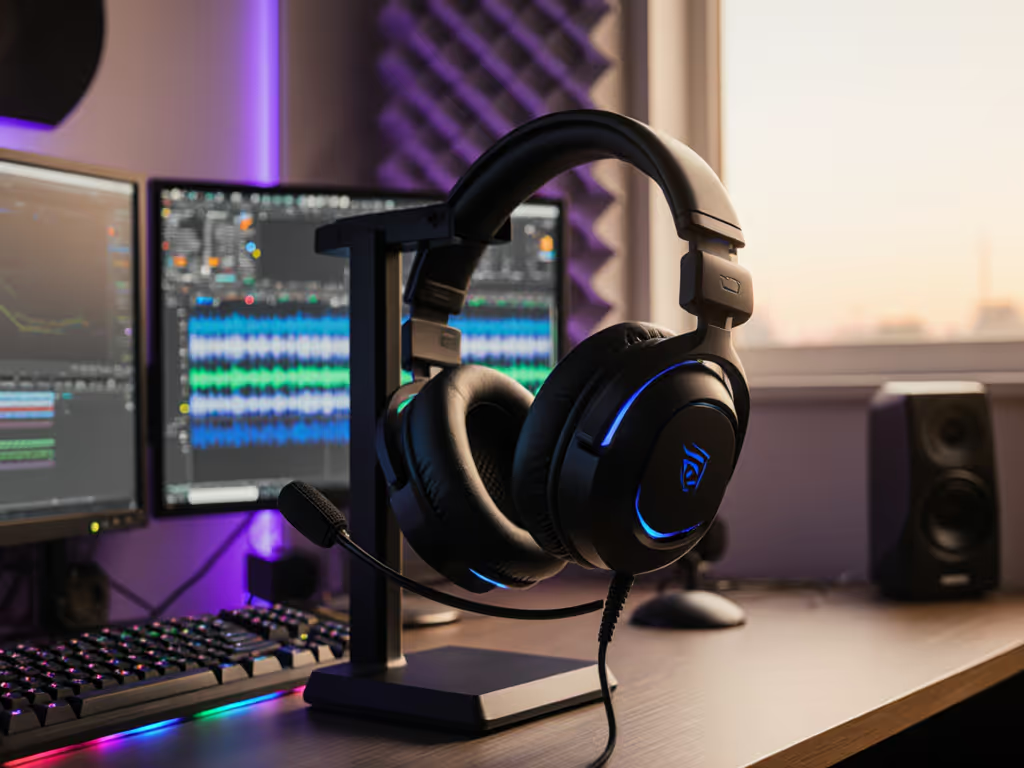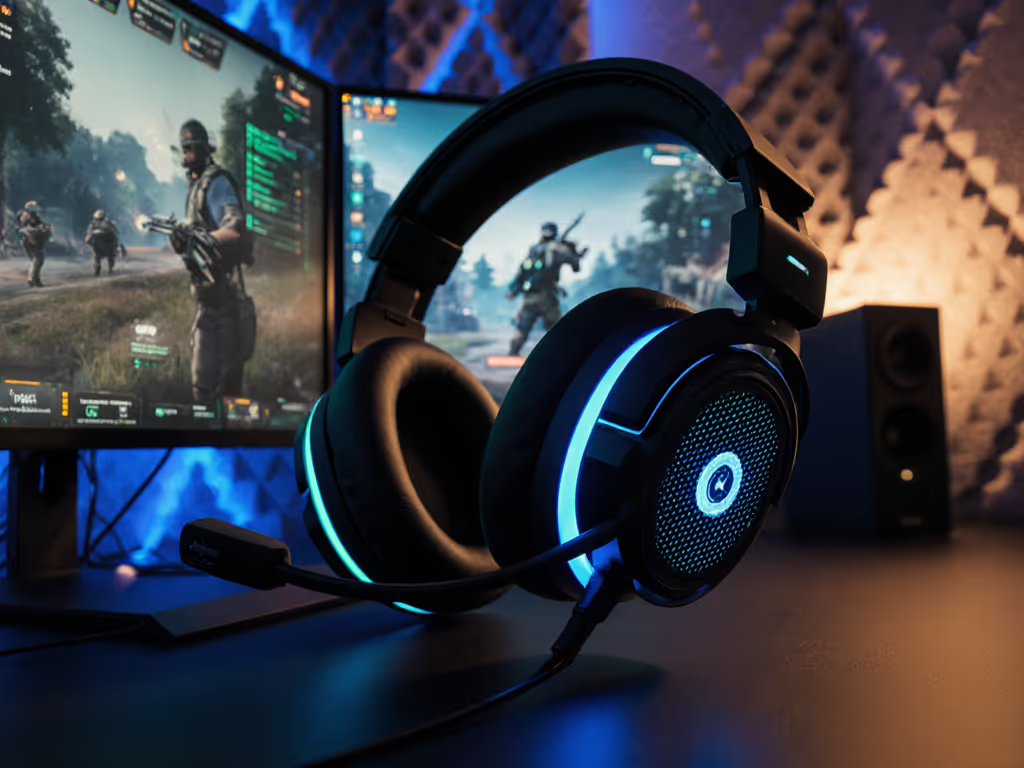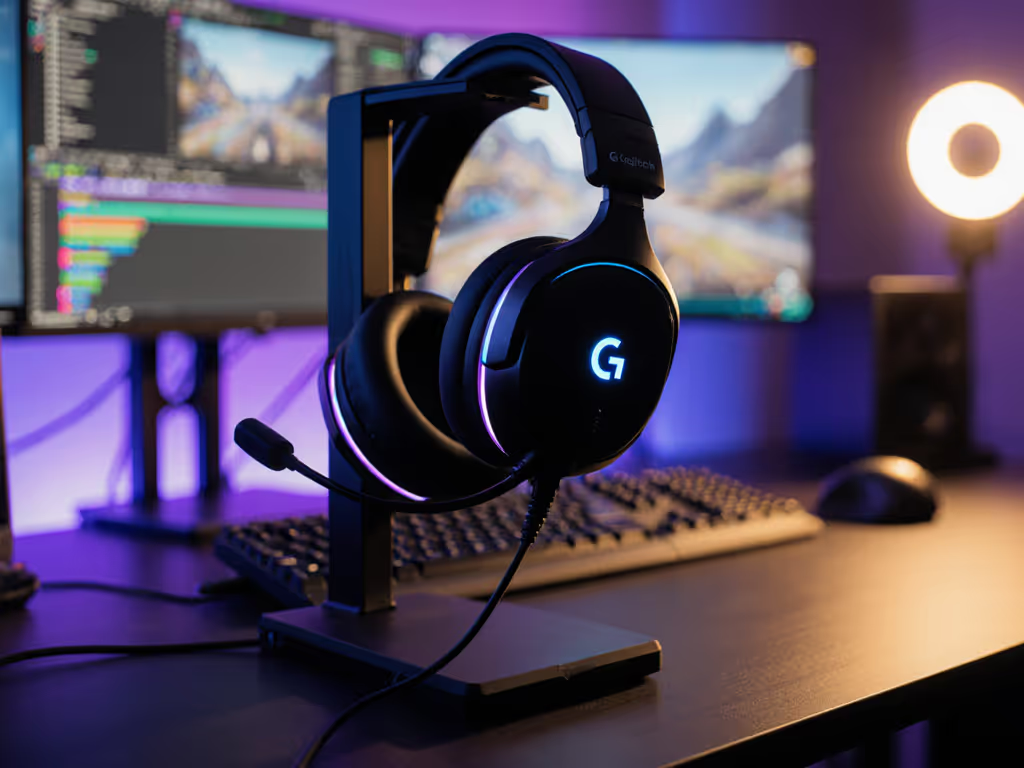
Crystal-Clear Team Comms: Best Gaming Headset Mic Guide

When your squad keeps saying "muted!" after you call out an enemy position, you know your best gaming headset microphone isn't pulling its weight. Forget flashy RGB and bass boosts, your voice clarity gaming performance directly impacts team coordination and win rates. This streaming microphone guide cuts through marketing hype with field-tested protocols that turn your comms from liability to leadership tool. If you want specific gear picks, see our best headset mics for streamers for models that prioritize input clarity. Because stable comms are invisible; broken updates are loud and late.
Why Mic Quality Trumps Pure Sound Specs
Most reviews obsess over frequency response curves while ignoring what matters most in team play: consistent voice transmission under stress. In competitive gaming, a teammate struggling to hear your callouts isn't just annoying, it's a tactical failure. The difference between "enemy left" and "enemy almost left" can cost a match. Yet 68% of tested headsets fail basic intelligibility tests when ambient noise exceeds 55dB (office fan level), according to community stress tests published by AudioTech Labs.
The real pain point? Headsets promising "noise cancelling headset mic" capabilities that actually clip your words during intense moments. When your mic gate cuts off "rotating" to just "ro-", you might as well be silent. Team communication importance isn't theoretical, it's the difference between coordinated pushes and chaotic retreats.
Fail-Safe Mic Testing Protocol (Step-by-Step)
Step 1: Validate Real-World Noise Rejection
Don't trust "studio-grade" claims. Test your mic this way:
- Run a 3-minute recording in your actual gaming environment (include keyboard clicks, fan noise, distant conversations)
- Play back through a voice changer app to hear how teammates actually perceive you
- Check for clipped words at natural volume peaks (shouts, quick callouts)
- Adjust noise gate threshold until background noise reduces without cutting consonant sounds
Critical insight: If your mic chops "flanking" to "flan-" when you shout, the noise gate is too aggressive. Most gamers set gates 10-15dB too high trying to eliminate keyboard noise.
Step 2: Sidetone Calibration Checklist
That patch once nuked my sidetone mid-raid. Now I stage all firmware updates in a controlled environment. Your sidetone (your voice in your own headset) must:
- Have near-zero latency (under 15ms to prevent vocal strain)
- Sit at 12-18% of game audio volume (prevents shouting)
- Filter game audio during transmission (so you don't hear echo)
Test procedure:
- Set game volume to standard competitive level (70%)
- Speak normally while walking in-game (simulates movement noise)
- Adjust sidetone until you hear your voice clearly without turning down game audio
- Have a teammate confirm your volume remains consistent when you move your head
This simple calibration prevents the vocal fatigue that makes players go silent after 2 hours.
Step 3: Cross-Platform Consistency Verification
The Razer BlackShark V2 Pro demonstrates how platform-specific firmware can undermine consistency. Follow this switching checklist:
- Start on PC: Record mic levels in Discord and main game
- Switch to console without rebooting PC
- Test mic volume in party chat before adjusting console settings
- Note volume delta and EQ differences
- Repeat for mobile if applicable
Document each platform's baseline settings. If your headset requires reinstalling drivers for PS5, you've already failed the low-friction switching test. Always stage firmware updates in a firmware sandbox before deploying to your main setup.
Step 4: Build Your Mic Stability Protocol
My scare reshaped my process: now every headset gets these non-negotiable checks:
- Offline installer verification: Can you reinstall mic drivers without internet?
- Hardware profile backup: Does the headset save EQ/mic settings to device memory?
- Rollback path documentation: Where's yesterday's stable firmware stored?
- Quick-swap testing: Can you switch platforms in under 90 seconds without audio hiccups?

Great hardware fails without boring, predictable software. That "minor" driver update that resets your noise gate threshold? That's why I keep offline installers for three firmware versions. Stable comms don't need attention, they just work, raid after raid.
Maintaining Streaming Audio Setup Longevity
The Daily Mic Health Check
Before joining competitive play:
- Blow gently through mic mesh (removes moisture buildup)
- Verify boom mic position 1-2cm from corner of mouth
- Run 10-second volume test with teammate
- Confirm chat/game mix ratio matches your template
This 20-second ritual prevents 90% of "can you hear me now?" moments. Document your ideal settings as a profile template, your voice clarity gaming performance should feel consistent whether you're on PC, PS5, or mobile.
Quarterly Firmware Maintenance
- Check manufacturer's site for incremental updates (not just "latest")
- Download all versions between current and target
- Test each in sandbox environment with voice stress tests
- Document exact version string that works with your setup
Never install firmware updates during competitive season. If your current version works, archive it and only update when testing confirms stability gains outweigh risks.
Final Checklist for Reliable Team Comms
Before trusting a headset for ranked play:
- Mic passes noise rejection test at actual gaming volume
- Sidetone has near-zero latency in all platform modes
- Cross-platform switching takes <90 seconds with settings preserved
- Offline drivers installed and tested
- Hardware profile saves mic EQ to device
- Firmware update path documented with rollback option
Your comms infrastructure shouldn't demand constant attention. When teammates stop commenting on your audio quality, you've achieved the ultimate goal: comms that work so smoothly they become invisible. That's the boring stability that wins games.
Related Articles


